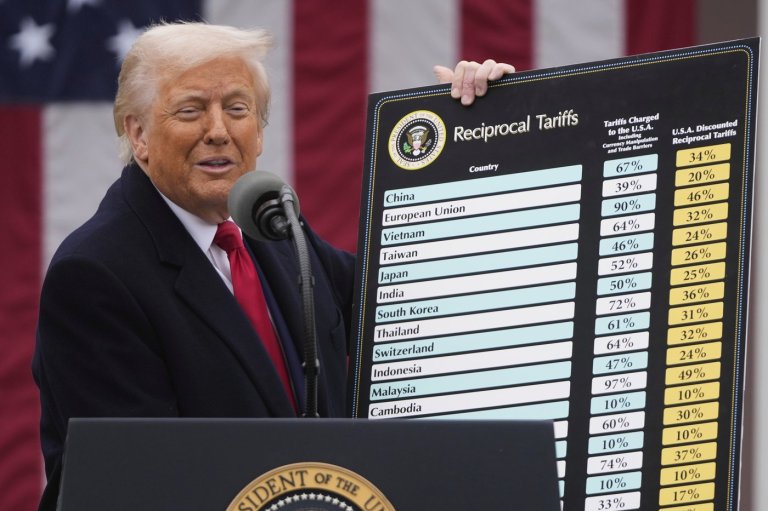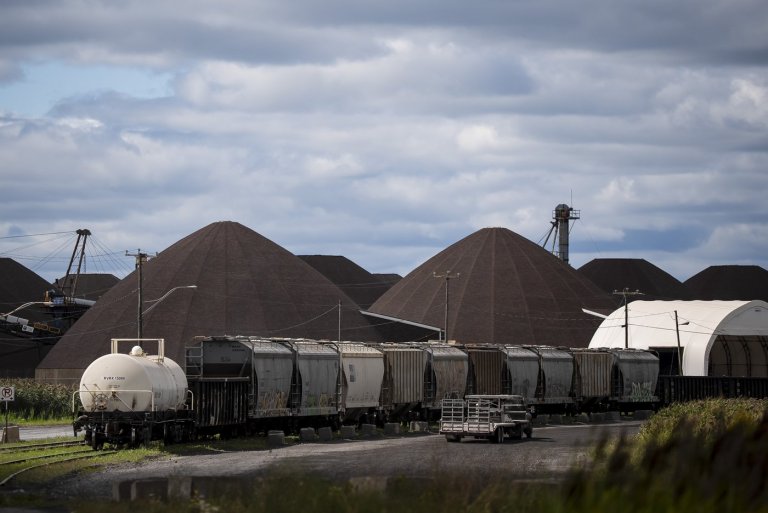10 years on, five things to know about the global effort to rebuild Afghanistan
OTTAWA – Ten years after Canadian troops took over combat outposts in Kandahar from U.S. forces, a special U.S. budget watchdog has issued a written assessment of Washington’s efforts in rebuilding Afghanistan.
The Special Inspector General for Afghanistan Reconstruction (SIGAR) painted a dire portrait of the war-torn country’s institutions, their capacity and sustainability, despite historic levels of investment by the U.S. and its allies.
Here are five things to take away from the statement issued to the U.S. Congress committee on appropriations, the U.S. Department of State, foreign operations, and related programs, and the U.S. Senate as part of the review of the Obama administration’s fiscal 2017 budget request.
1. The U.S. Congress has appropriated US$113.1 billion to rebuild Afghanistan — at least $10 billion more, adjusted for inflation, than the U.S. spent in civilian assistance to help rebuild Western Europe after the Second World War. Special inspector John F. Sopko says at least $50 billion of that was spent between 2002 and 2010 without the benefit of an anti-corruption strategy.
“The reconstruction that has already cost $113 billion will continue for years and, as currently planned, will cost many billions more,” Sopko wrote. “The success of this effort critically depends on the U.S. government’s ability to efficiently and effectively provide reconstruction assistance to Afghanistan and ensure that funds are not wasted or abused.”
2. The U.S. lacks a comprehensive strategy to reduce the influence of corruption in Afghan society. The inspector called it troubling and said the problem appears to be growing.
“Without the benefit of a comprehensive anti-corruption strategy, U.S. anti-corruption efforts had provided relatively little assistance to some key Afghan institutions,” Sopko wrote. “SIGAR and other observers — not least of whom is President (Ashraf) Ghani — have consistently reported that corruption remains a massive and systemic problem in Afghanistan.”
3. Despite the unprecedented influx of cash since 2002, Afghan institutions “simply cannot sustain many of the programs and projects without large and continuing financial support from the United States and other donors.”
The finding is important to Canada because last fall, NATO asked allies to renew their funding commitments to Afghanistan. The international community was being asked to approve a plan to raise US $4 billion per year to fund Afghan security forces up to 2020.
Donor countries began paying the bills for Afghan troops and police following the 2012 NATO summit in Chicago and the Harper government made a C$330 million commitment up to 2017.
4. The U.S. and the international community has in some cases built infrastructure in Afghanistan that the impoverished country cannot afford, such as the electrical grid.
“Improving the energy sector is essential to Afghanistan’s economic progress and long-term viability,” the statement said. “However, the Afghans cannot afford to pay for much of the electric power infrastructure that the U.S. reconstruction effort has provided.”
5. Washington had provided US$8.4 billion for counter-narcotics efforts in Afghanistan. Despite that, the country remains the world’s largest producer of opium, according to multiple reports by the United Nations.
Join the Conversation!
Want to share your thoughts, add context, or connect with others in your community?
You must be logged in to post a comment.



















